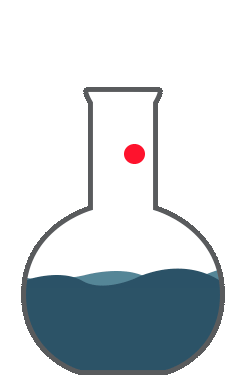
Please wait...

SPEX CertiPrep’s comprehensive experience in creating quality pharmaceutical standards will help you to comply with the guidelines set by the United States Pharmacopeia (USP) and the International Conference on Harmonization (ICH) to provide accurate, quantifiable results for the metal analysis in drugs, pharmaceutical substances and raw materials.
Speciation Standards
SPEX CertiPrep has expanded the ICP-MS product line to include Speciation Standards. Speciation analysis covers many areas including environmental protection and the food and drug administration. To analyze species in a sample requires Certified Reference Materials for sample verification and method validation. Many Speciation Standards are available in today's market, but most of the Speciation Standards are not certified or analyzed with a state-of-art ICP, ICP-MS or LC-ICP-MS.
ICH Standards
The International Conference for Harmonization (ICH) has produced a concept paper proposing a new guideline intended to provide a global policy for qualitatively and quantitatively limiting metal impurities in drug ingredients and finished products. The new proposed guideline (Q3D) would provide clarification of the requirements for metals, which are included in the ICH inorganic impurities classification. SPEX CertiPrep is proud to offer a line of analytical standards for the analysis of trace metals in pharmaceutical materials. These standards can be used as a calibration or check standard to verify all component or dosage limits.
USP <232> Elemental Impurities
USP <233> outlines procedures in pharmaceutical products for arsenic, cadmium, lead, and mercury. The proposed procedures focus on the use of ICP-MS (Inductively Coupled Plasma-Mass Spectrometry) for the analysis of low level impurities. SPEX CertiPrep is proud to offer Elemental Impurities Certified Reference Materials designed for use in USP <232> and USP <233>. These standards can be used as a calibration or check standard to verify Oral Daily Dose PDE, Parenteral Component Limit or Parenteral Daily Dose PDE.
Internal Standards for UV/VIS
Internal standards for UV-VIS allow the user to accurately measure the concentration of their samples by directly comparing the absorbance of their compounds against that of the internal standard. We offer 8 different standards that cover a wide range of wavelengths (270 nm – 627 nm). Once the user takes a UV-VIS spectrum of their sample, they can find a region in the spectrum that doesn’t absorb, and then select the corresponding internal standard, and rerun the spectrum. All 8 standards are organic dyes, which absorb very strongly in the UV-VIS region. This means the standards are very low concentrations, which minimizes the possibility that it will hinder solubility of the combination of standard and sample. We offer each standard individually, or in a kit containing all 8 standards. They come in 5 mL ampules, and contain 3.5 mL of the standard. This is the industry standard volume to fill a cuvette.
USP <467> Residual Solvents
The USP General Chapter <467> Residual Solvents is a method widely used for identifying and quantifying residual solvents when there is no information available on what solvents are likely to be present. SPEX CertiPrep now offers 35 analytes in dimethyl sulfoxide for Class 1, Class 2 and Class 3 solvents. Our products are manufactured and verified by our QC department to validate the Certificate of Analysis which accompanies each product.
USP <561> Botanical Origins
The United States Pharmacopeia (USP) creates standards for the monitoring of pharmaceutical and botanical products. General Chapter <561> Articles of Botanical Origin, outlines tests and specifications for the safety of botanical products. The chapter outlines sampling procedures and tests for general characteristics, such as for moisture, ash, starch and fiber. The chapter also describes methods for extractables and volatile compounds. We provide standards for testing pesticides under the General Chapter <561>.
Terpenes and Flavonoids
Terpenes are the common term for a large group of compounds that contribute to flavor and smell of botanical products. Flavonoids are botanical compounds, similar to terpenes, responsible for different processes for defense and metabolic processes in plants. These compounds are responsible for many colors observed in botanical materials and plants.